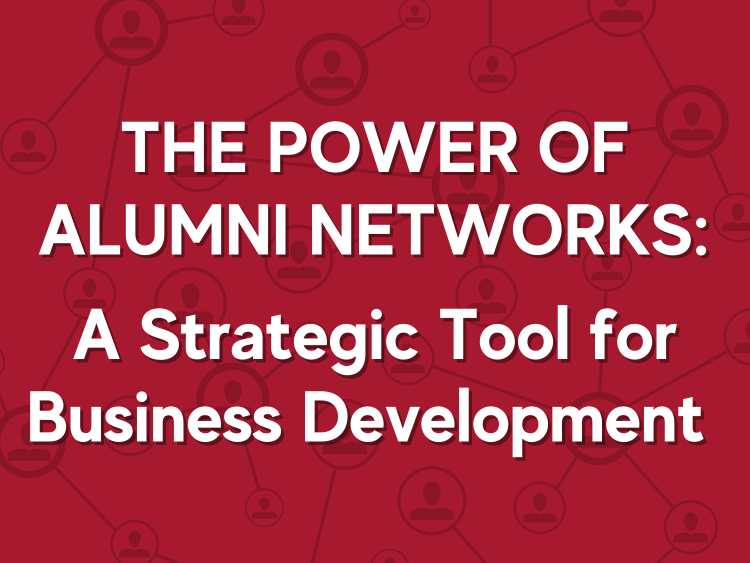 |
 |
|
| Ryan King, Director of Communications, Ogletree Deakins
|
Erika Ritzer, Senior Partner, Finn Partners
|
 |
 |
|
| Nicole Abboud, Founder, Abboud Media and host of The Gen Why Podcast | Rob Kates, Executive Producer, Kates Media |
How do you make legal marketing content POP? How do you not only generate good content, but get it in front of the right audience at the right time? Just as the best ideas are worthless without execution, the best content is worthless, commercially speaking, without promotion. This panel discussion at the 2018 Legal Marketing Association’s Tech West conference focused on the why and how of having a strong content strategy. Panelists made two key points up front:
- One piece of content can and should be leveraged across multiple platforms: blog, podcast, video, graphics and marketing collateral.
- A key trend to be mindful of is that readers and even scanners are becoming listeners and viewers. This means videos, podcasts and infographics should be incorporated into your content strategy. Content strategies that are too focused on the written word or any single format are suboptimal.
What Is Content Strategy?
Content strategy is more holistic than content marketing. The starting point is asking, “What is keeping my client up at night?” Answer that question and you’re ready to get to work on an effective content strategy – determining topics to address and the best vehicles to promote them.
Content Marketing Framework
The Content Marketing Framework has five sequential pillars:
- Identify relevant topics
- Develop compelling insights
- Package insights effectively
- Optimize distribution effectively
- Engage with clients, prospects and influencers
Some degree of rigor is required for each pillar, but there is often a lack of tactical focus or execution when it comes to packaging and distributing content. For any piece of content, making effective use of multiple platforms will improve engagement and generate far more leads then single-channel distribution.
Understanding each piece of content as part of a pipeline helps tie content creation and promotion into a broader strategy to improve your bottom line. Go through the sequence, review what worked and repeat.
Podcasts
Do they matter? Nicole shared the following data with us:
- 67 million Americans listen to podcasts monthly
- 42 million Americans listen to podcasts weekly
- 85% of listeners hear all (or most of) a podcast
- Podcast listeners are loyal, affluent and educated
- 48% of monthly podcast consumers follow companies/brands on social media, compared to just 31% of the U.S. population
Nicole pointed out why podcasts have been so widely adopted and why law firms should consider creating more of them:
There’s a tremendous convenience premium with podcasts vs. other media. Hundreds of podcasts can easily be browsed, and dozens stored, on a mobile device. Additionally, they can be consumed while driving or on the go.
- Podcasts are an easy medium for hosts to use, requiring relatively little editing.
- Voice is a powerful thing, more intimate than other mediums. Personality, authenticity and honesty are harder to fake with audio than text or images.
- Costs are low and it’s a powerful differentiator.
- They humanize your intellectual capital.
- If you have an actively engaged lawyer who wants to market and build a practice, this is the logical next step.
Video
Consider the adage that clients hire lawyers rather than law firms. What better way to give a client a sense of what your lawyers are like to work with than demonstrating their temperament and expertise in video content?
Videos offer a huge advantage regarding SERP (search engine results page) placement as well as other SEO and social engagement metrics. Video is also a great accompaniment to text to boost engagement. Consider that one-third of online activity is spent viewing video and that users spend, on average, 88 percent more time on websites with video. Simply put, videos have quickly become essential to marketing.
Video is often seen as a bridge to other content, yet this is a misconception for a platform that builds relationships and strengthens credibility on its own. It should be used as primary and supporting content.
Finally, don’t underestimate the value of employee advocacy. Get employees and influencers to share and promote content. It’s a virtually free way to get that content to snowball and provides cultural benefits, such as engagement at the firm level.
Looking to improve your content or public relations strategy and win more clients? Click here to learn about Berbay’s services or contact us for a consultation.


